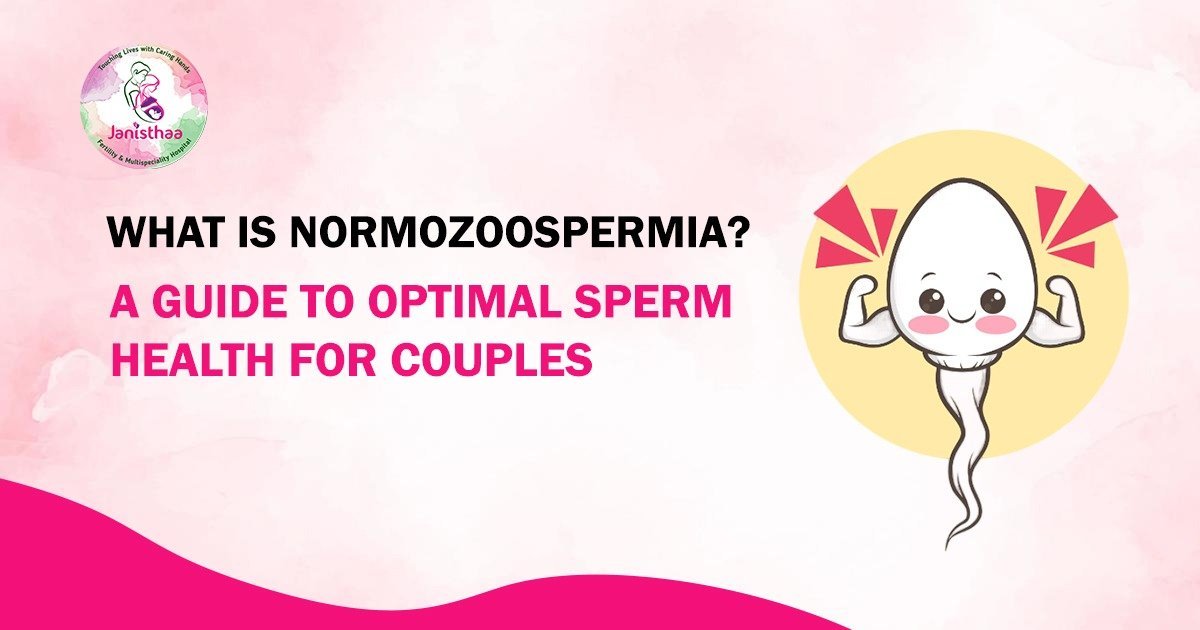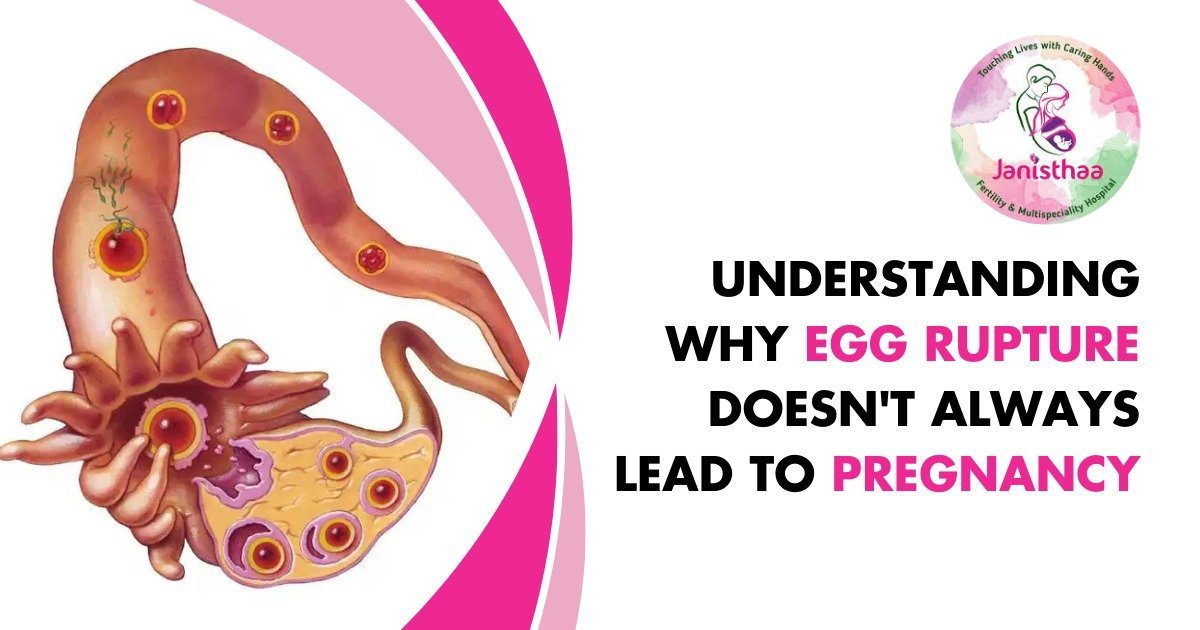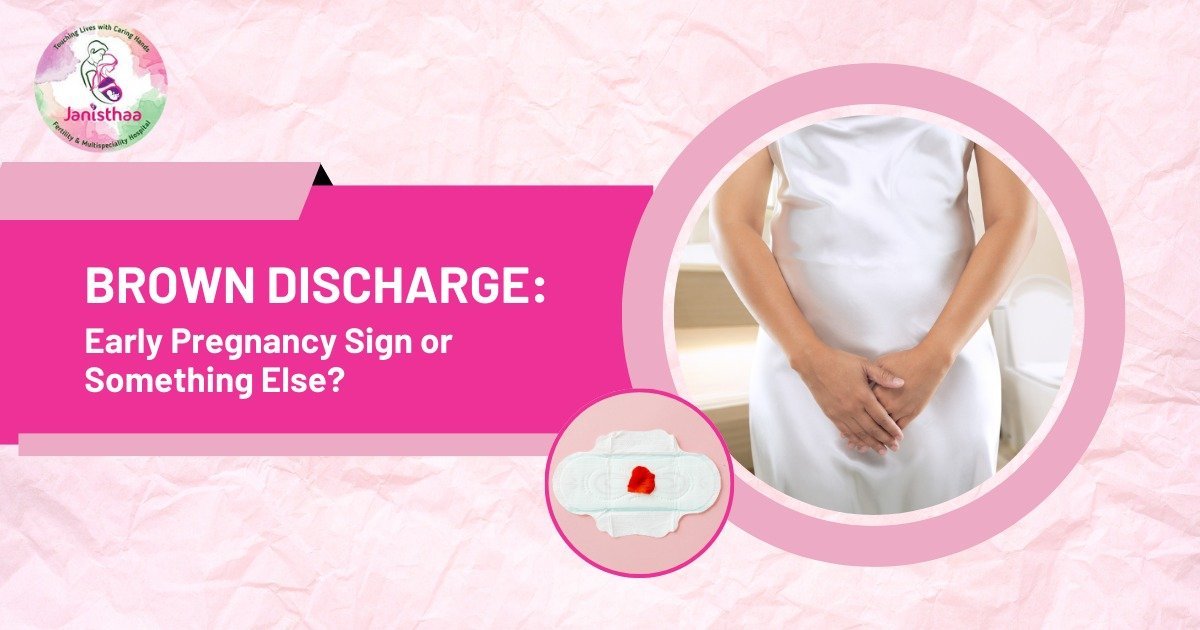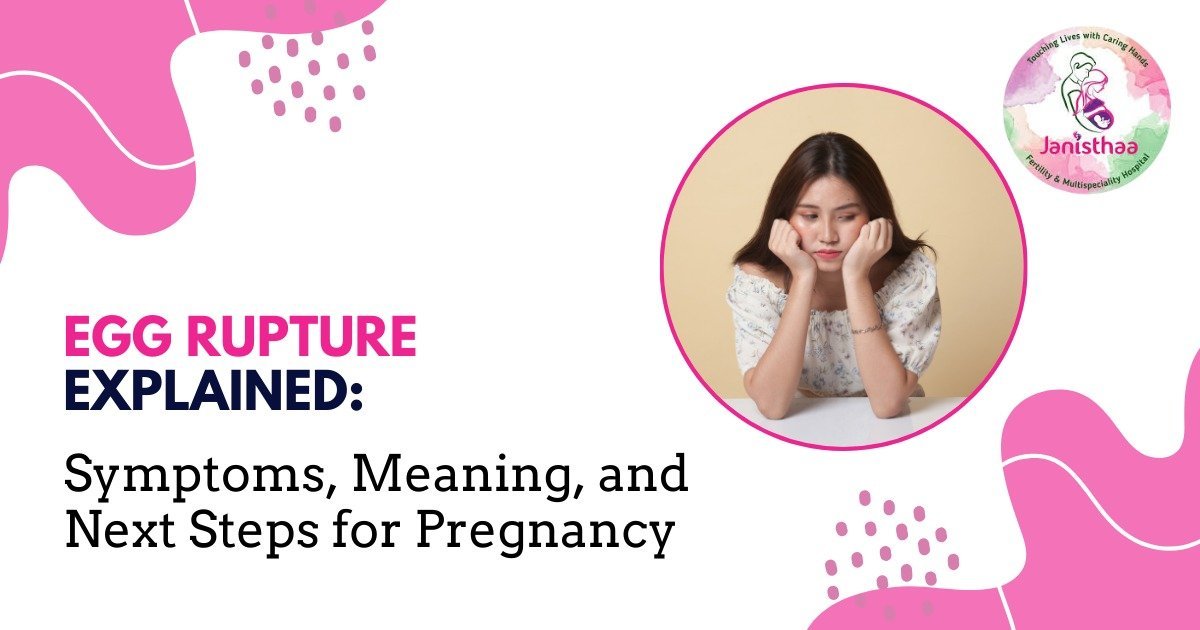Life begins at conception, with the formation of an embryo – with the fusion of an egg and a sperm. This process although seemingly natural is not easy at all times. Several conditions, internal to the human body as well as external might result in nonproduction or affect the quality of eggs and sperms produced in individuals that may not result in conception and life thereafter. Fortunately, scientific advancement has allowed remedies for such complications. Few such processes aid in the storage of the eggs, sperms and embryos for later use. These are Egg Freezing, Sperm Freezing or Sperm and Embryos Freezing.
What are Sperm Freezing and Embryo Freezing?
These are processes of storing the sperm and embryos Freezing using the process of cryopreservation or vitrification respectively. Embryo Freezing is common in the process of in-vitro fertilization process where the extra embryos are preserved for future use
Why is Sperm and Embryo freezing done?
Sperm preservations are usually carried out in cases of impending vasectomy, low sperm count, deteriorating quality of sperm, diseases such as prostate cancer, testicular cancer or Non-Hodgkin’s disease and subsequent medical treatments that might alter the production of sperm in the future. Research confirms that men who wish to have children after the age of 50 years are seen to have children with cases of autism, mental retardation and might consider sperm banking during younger years. In cases of embryo preservation, it is preserved so that they may be used in additional pregnancies in future instead of destroying the extra ones. In cases of failure of the ongoing IVF or other fertility procedures, it is economical to use the preserved embryos rather than opting to begin the procedures all over again. Medical treatments that might reduce chances of conception is yet another reason for people to opt for embryo preservation. Donor programs and research purposes form a small percentage of causes of preservation
Process of Sperm and Embryo Freezing
Ever since its discovery in the late 1980s, cryopreservation techniques have far advanced. These include the Slow Freezing Method and Vitrification. These are effective preservation methods that ensure the prevention of ice crystals formations due to deep freezing that often harms the sperm or embryo’s internal small structures. Special fluids such as cryoprotective agents or CPAs are often used. These act as “anti-freeze” for the cell which is made of water. As the name suggests, in the Slow Freezing Method, sperms and embryos are frozen slowly over two hours and then stored in liquid nitrogen at -196 degrees celsius. Vitrification on the other hand is a rapid freezing technique in which post the mixing of CPAs with the sperm/embryo, the mixture is quickly placed in the liquid nitrogen. This makes the mixture turn into a glass-like texture, preventing the formation of ice crystals. Embryos are frozen ranging from one to six days.
It is also important to note that screening for medical conditions such as HIV, HBV, HCV is carried out previously to avoid infections. Similarly, pre-assessments of sperm quality is carried out through sperm analysis to examine sperm count, motility and morphology/shape. Written consent is also part of the procedure like in the case of other medical treatments.
Risks Involved in Sperm and Embryo Freezing
As with Egg Freezing, the quality of the sperm and embryo dictates the efficacy of Sperm Freezing and Embryo Freezing and subsequently the rate of pregnancy. Sperms of younger men tend to be of good quality and result in better success rates. Ideal candidates for sperm preservation are said to be men below the age of 40 years with excellent health and sperm parameters without histories of any life-threatening diseases. Similarly, embryos formed with good quality eggs and sperms tend to result in a successful pregnancy. Children born of such methods do not tend to have any health problems or birth defects.
Cost Factor of Sperm and Embryo Freezing
Preservation of sperm or embryos can be an expensive affair. Payments are usually considered on the basis of the number of samples banked and the number of years that it is banked for. It is therefore essential to also consider insurance packages that cover for such procedures.
Success Rates of Freezing Sperm and Embryo Freezing
On average, sperm preservation is done for an average time period of 10 years with exceptions of a very long period of time such as up to 30 years. It is seen that preservation for such long periods does not adversely affect the success of pregnancy.
Success rates mainly depend on the physician and centre where one is being treated. Centres such as Janisthaa Fertility Centre with its highly skilled and experienced fertility specialists have a track record of high success rate in various kinds of fertility treatments including egg, sperm and embryos Freezing preservation. In addition, the comprehensive treatment provided with excellent facilities are done at affordable prices and no hidden costs.
For more details and to book a free consultation, log in to https://janisthaaivf.com/ or call + 91 7619198082






